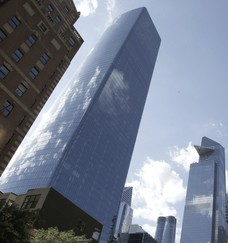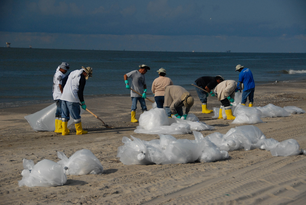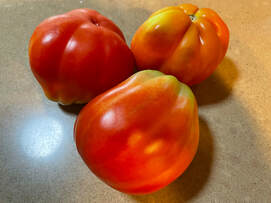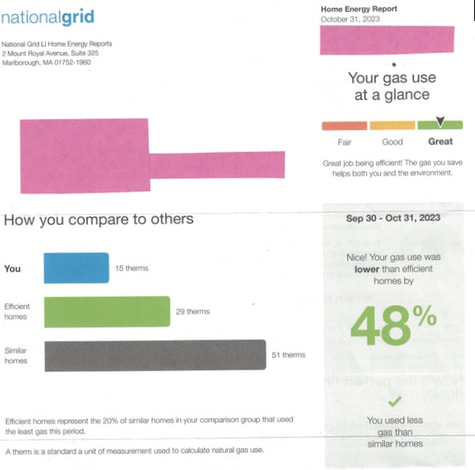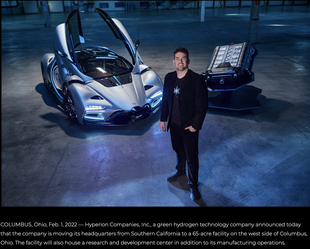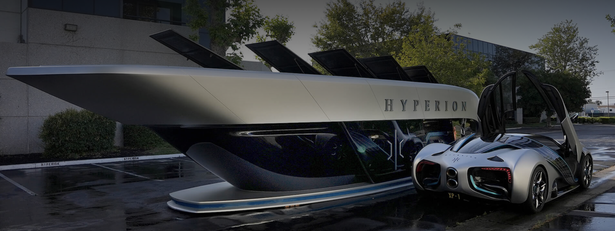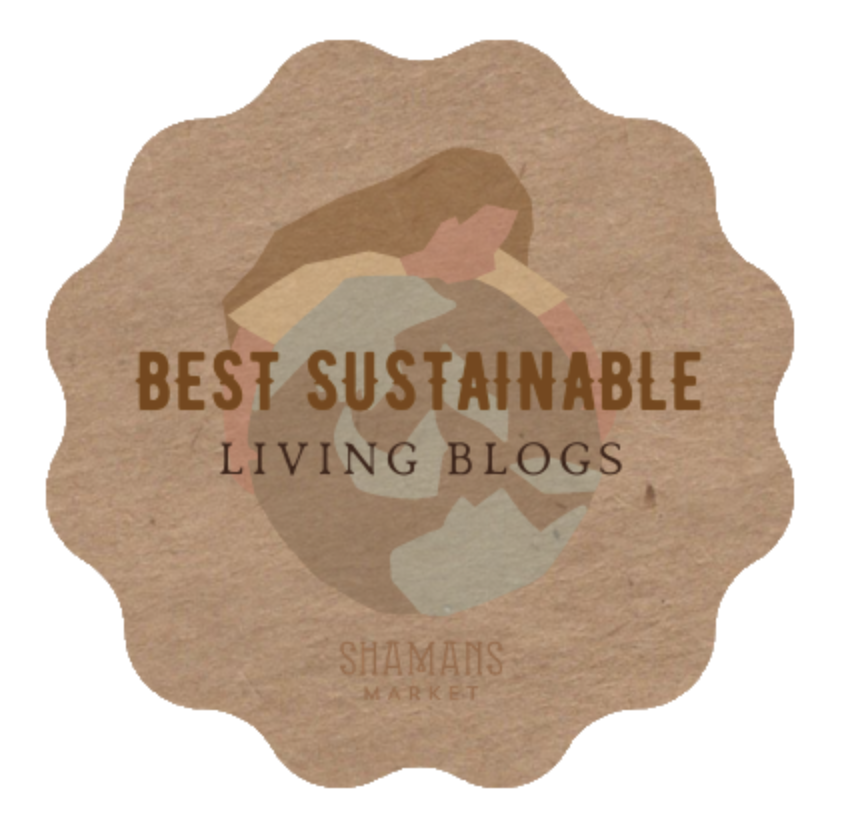This new catalyst to conduct Water-Splitting is four times more efficient and should prove to be far less expensive. However, the chemistry to break water into hydrogen and oxygen is complex. Two separate, and simultaneous electrochemical reactions are require to be the catalysts for breaking bonds.
Hydrogen is the promising fuel for no greenhouse gases, and Free power for the world! There will be no greenhouse gases when the Hydrogen is separated from water with renewable energy, such as a few solar panels to power the system (let us call it a membrane system), and for safety we split water molecules on Demand. The Hydrogen runs the Hydrogen Fuel Cell that makes electricity. Byproduct is condensation.
The problem is - No research money to help improve on a system NASA used on the Space Shuttles since 1981.
The problem is - Nobody can make money off of this!
The problem is - That there will be No More monthly bills.
AND
Then there will probably be no more WARS when everyone can make their own FREE energy.
Bill Lauto, at GoingTrueGreen.com
Environmental Scientist
International Sustainability and Energy Consultant
Contribute your comments!




